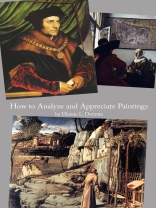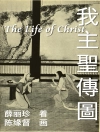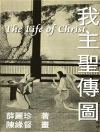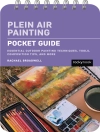Via discussions of Holbein’s Sir Thomas More and Bellini’s St. Francis in the Desert, we work through a series of questions to help you systematically observe the details of a painting, state what effect they have, and set them in the context of the rest of the work. As we go, we work out tentative themes and then a final statement of the theme. Then we evaluate the works in emotional, esthetic, philosophical, and art historical terms. As practice for doing this independently, I include a series of questions on Vermeer’s Officer with a Laughing Girl. You could think of this essay as part 2 of Getting More Enjoyment from Art You Love (which dealt with sculpture), but it can also be read on its own. The paintings illustrated are mostly in the Frick Collection, New York.
Über den Autor
At age five, I won my first writing award: a three-foot-long fire truck with an ear-splitting siren. I’ve been addicted to writing ever since. Today I’m an independent researcher, freelance writer, and lecturer. The challenge of figuring out how ideas and facts fit together, and then sharing what I know with others, clearly and concisely – that’s what makes me leap out of bed in the morning. Janson’s *History of Art*, lent to me by a high-school art teacher, was my first clue that art was more than the rock-star posters and garden gnomes that I saw in Catawissa, Pennsylvania, and that history wasn’t just a series of names, dates, and statistics. Soon afterwards I read Ayn Rand’s fiction and nonfiction works, and discovered that art and history – as well as politics, ethics, science, and all fields of human knowledge – are integrated by philosophy. My approach to studying art is based on Rand’s *The Romantic Manifesto*. (See my review of it on Amazon.) As an art historian I’m a passionate amateur, and I write for other passionate amateurs. I love looking at art, and thinking about art, and helping other people have a blast looking at it, too. *Outdoor Monuments of Manhattan: A Historical Guide* (New York University Press, 2007), which includes 54 sculptures, was described by Sam Roberts in the *New York Times* as ‚a perfect walking-tour accompaniment to help New Yorkers and visitors find, identify and better appreciate statues famous and obscure‘ (1/28/2007). Every week I issue four art-related recommendations to my supporters, which have been collected in *Starry Solitudes* (poetry) and *Sunny Sundays* (painting, sculpture, architecture, literature, and more). For more of my works, see https://diannedurantewriter.com/books-essays .












